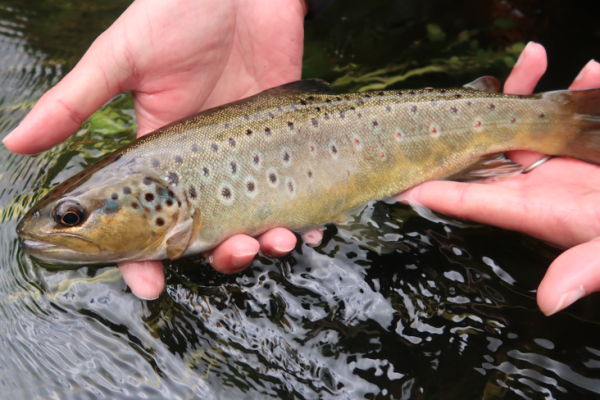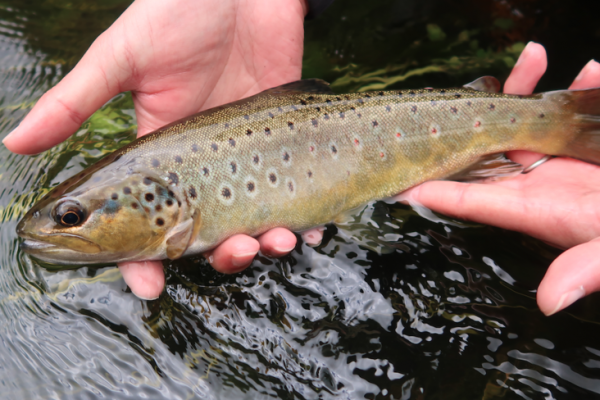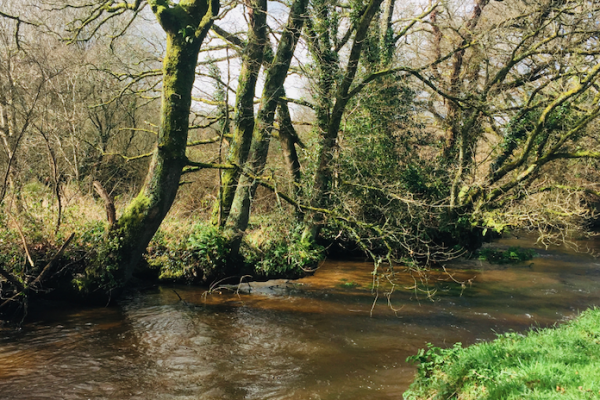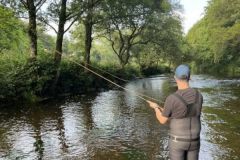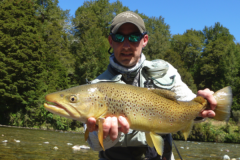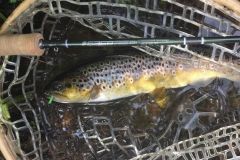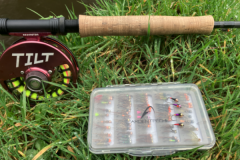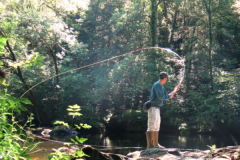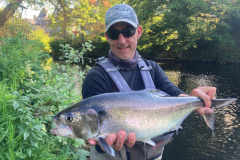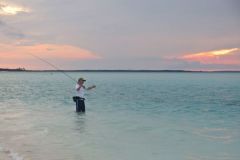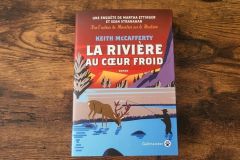Trout fishing takes place for six months of the year from mid-March to mid-September. This period at the end of winter and the beginning of spring is the time to return to the banks of our beautiful rivers. The trout have only to behave themselves!
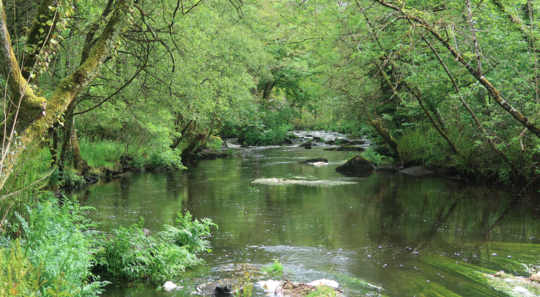
The choice of the fishing sectors
Every year, the conditions change, especially in the last ten years with the climatic instability.
It is therefore necessary to go to the water's edge to discover what the levels are, the color of the water and to take the "temperature" to know on which river and which courses we will go to cast our flies to start the new season.
The trout come out of winter and are often posted on slow sectors, edges, breaks of current as the rocky blocks and the jams, but also the rather deep posts. They will however come to seek a little heat sometimes in little water when the sun will be of the part.
What is certain is that the best time of the day is between 11 am and 3 pm or more depending on the conditions. It is important to be ready at this time, when the trout are going to be a little active with a slight increase in water temperature. The warmer the water gets, the longer their activity period will be.
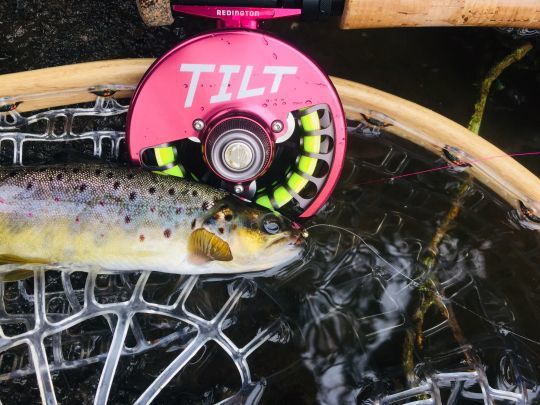
Which techniques to choose at the beginning of the season?
In fly fishing, it is possible to practice different techniques throughout the season.
Although most fly fishers prefer dry fly fishing, that is, fishing on the surface when the trout come to nibble on the hatching insects, at the opening it is rare to have much activity.
However, if you choose your spots well and the weather conditions are good, it is possible to have hatchings and thus to try some fish in dry during the hottest part of the day. The choice of a sunny, shallow and not too fast sector could be profitable. The upstream parts of the rivers are often earlier.
Nevertheless, the techniques of the beginning of the season are mainly streamer fishing, nymphing and drowning. That is to say under water.
Trout can be quite lethargic at the beginning of the season, so it is wise to fish close to the bottom, on the edges, the bunting and slowly!
Depending on your preferences and the areas you choose, one technique will be more suitable than another.
Streamer fishing allows to propose fish imitations (sculpin and minnows in particular) and often quite close to the bottom. When well practiced, this technique can work very well and allow to catch nice fish. Trout are looking for proteins and feed on big preys as soon as possible. You should not hesitate to insist a little on each corner at the beginning of the season to trigger hits.
The nymph fishing with the wire, also allows to pass close to the posts with trout and slowly. It is a fishing of very precise positions. They feed on larvae abundantly all year long and the nymph is one of the most used techniques. However, it is important to choose the weighting of your flies according to each position, in particular the depth of the corner and speed of the current. For each position a weighting to pass as it should. The pheasant tail and hare's ear weights are excellent no matter the season. Use sizes 10 to 14 early in the season and up to size 18 to 20 later in the summer.
The drowned fly will be most effective when the trout begin to move out of their resting place. Drowners are flies that imitate aquatic larvae in various stages, which rise to the surface to hatch. Two to three flies are often used, fishing at different heights. They are more hairy and feathery than nymphs and live much more in the water. On the other hand, they descend less quickly to the bottom. They fish between the bottom and the surface depending on the weight and type of leader.
When a hatch occurs, the trout come out and feed more actively. Drowning is a good technique to use. It also allows to prospect quickly more extended sectors and thus to find the active fish.
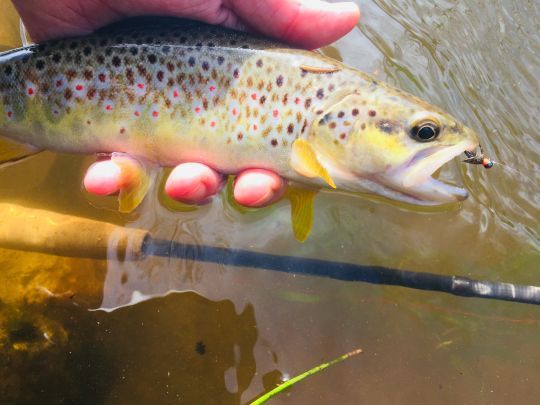
Preparation of the material
During the winter break or some time before the D-day, an inspection of the equipment is necessary. Check the condition of your silks and re-grease them if necessary. An old silk can still be used for drowning. Choose WF lines for drowning and streamer fishing. The casts will be easier in roll.
Check that your reels are working properly, or even re-grease them. Buy the missing spools of line. Then prepare the rods that we will use for this major event in a trout fisherman's season. Some fly fishermen will buy their flies, but most of them will have assembled them themselves during the winter. Check the hooks for sharpness and for damage or rust.
Preparing your equipment well means avoiding disappointment during these first outings and having everything you need to be efficient and not waste time.

